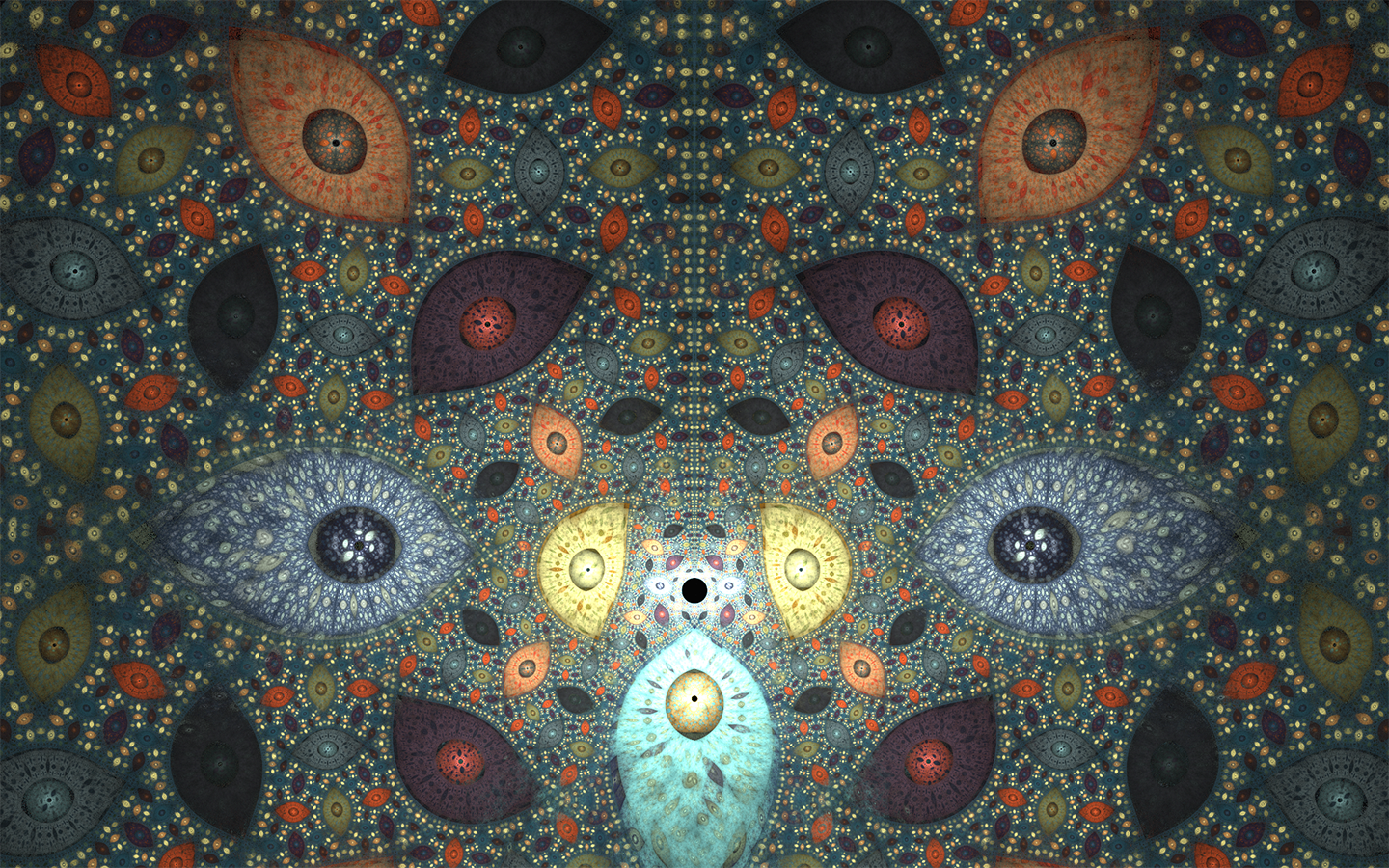 Submitted by INDIA - Exec. Admin. on
Submitted by INDIA - Exec. Admin. on

As with important religious beliefs, lesser-known components of our mythology also get exposed through idols, images and statues of Gods and other legendary personalities.
There are said to be over 300 million different Gods and Goddesses in the Hindu pantheon, and this page presents information on some of the most well known deities, including the Gods Shiva, Vishnu, Kali, Durga, Brahma, Saraswati and others. Despite having so many different celestial beings, most Hindus consider their religion to be monotheistic (having a singular Universal God), as opposed to being polytheistic (having different gods). The majority of Hindus adopt a chosen deity (known as an Ishtadevata) which they worship as an anthropomorphic (human like) form of the one Universal God (known as Brahman).
In short, because God is so magnificent, and because we mortals have such a limited capacity to understand the true nature of God, we can only conceive of one aspect of God at a time. This is illustrated in the Bhaghavad Gita where the heroic warrior Arjuna begs to see the glory of Krishna. Knowing that his majesty is too deep for Arjuna to comprehend, Krishna temporarily grants Arjuna the ability to "see" Lord Krishna in all his magnificence.
Let us look at a few lesser gods.
The story of Bhringi is quite interesting.
Sage Bhringi was an ardent devotee of Lord Shiva, but he never considered Parvati to be a part of his worship. He is dance master of the gods.
As always, sage Bhringi meditated over Lord Shiva at his abode at Mount Kailasa. At the end of his worship he would religiously circum-ambulate Lord Shiva. Parvati having seen this ritual of Bhringi, chose to be part of it and sat closer to Lord Shiva. Sage Bhringi noticed this, and realizing what had just happened, turned himself into a bee and went around Shiva thrice.
Parvati was enraged and Shiva wanted to teach Bhringi a lesson that Parvati is an integral part of Him and cannot be excluded. He merged Himself with Parvati such that Bhringi would have to circum-ambulate both of them.
Bhringi is often depicted as a skeleton in most images, this is because Parvati cursed him in fury to become thin and completely emaciated, so weak that he could not stand. Shiva, moved by Bhringi's plight, gave a 3rd leg for support.
Hence Bhringi is always depicted with three legs.

Kubera s the Lord of Wealth and the god-king of the semi-divine Yakshas in Hindu mythology. He is regarded as the regent of the north (Dik-pala), and a protector of the world (Lokapala). His many epithets extol him as the overlord of numerous semi-divine species and the owner of the treasures of the world. Kubera is often depicted as a fat man, adorned with jewels and carrying a money-pot or money-bag, and a club.
Originally described as the chief of evil spirits in Vedic era texts, Kubera acquired the status of a Deva (god) only in the Puranas and the HIndu Epics. The scriptures describe that Kubera once ruled Lanka, but was overthrown by his demon stepbrother Ravana, later settling in the city of Alaka in the Himalayas. Descriptions of the "glory" and "splendours" of Kubera's city are found in many scriptures.
Kubera has also been assimilated into the Budhist and Jain pantheons. In Buddhism, he is known as Vaisravana, the patronymic used of the Hindu Kubera and is also equated with Panickah, while in Jainism, he is known as Sarvanubhuti.
Kubera is often depicted as a dwarf, with fair complexion and a big belly. He is described as having three legs, only eight teeth, one eye, and being adorned with jewels. He is sometimes depicted riding a man.
The description of deformities like the broken teeth, three legs, three heads and four arms appear only in the later Puranic texts.

I addition to this list there are also a number of minor deities (keeping in mind that certain Hindus may consider them more exalted or even Supreme!). They are generally considered to have specific roles within this universe. The main ones are also considered to have charge over the eight directions, beginning with the East and moving clockwise (i.e. Indra is in charge of the East, Agni the South East,Yama the South, etc.).
- Indra: King of Heaven/ god of rain
- Agni: deity in charge of fire
- Yama: deity presiding over death
- Surya: presiding deity of the sun
- Varuna: presiding deity of water
- Vayu: presiding deity of the wind (air)
- Kuvera: treasurer of the demigods (god of wealth)
- Soma (Chandra): presiding deity of the moon
These deities are usually associated with earlier, "Vedic" Hinduism, and are rarely worshipped today, except perhaps Surya. Still prominent, especially in South Indian temples, is the worship of the "nine planets"
Some deities have risen to prominence more recently. They include:
- Santoshi Ma – the goddess of contentment, worshipped mainly by ladies
- Ayyappan – popular in Kerala, he is considered the son of Shiva and Mohini (the female incarnation of Vishnu)

Bhringi:
Kavitha @ http://indiatemple.blogspot.com/2004/11/bhringi-three-legged-sage.html
Other:
- 5937 reads